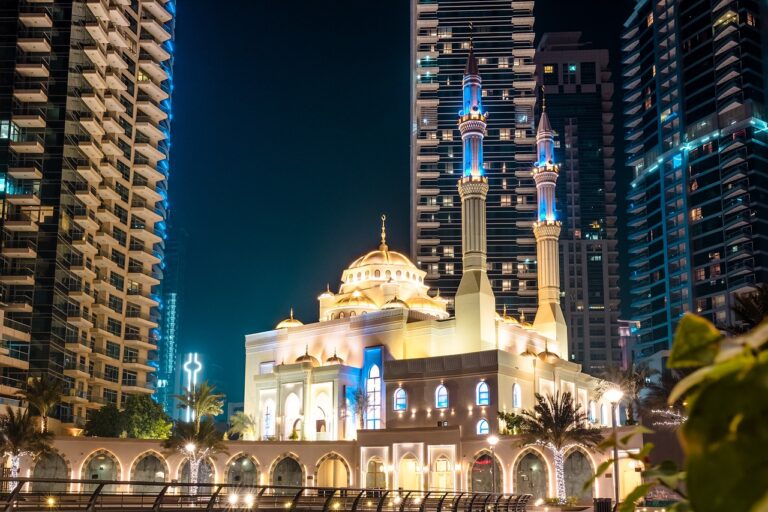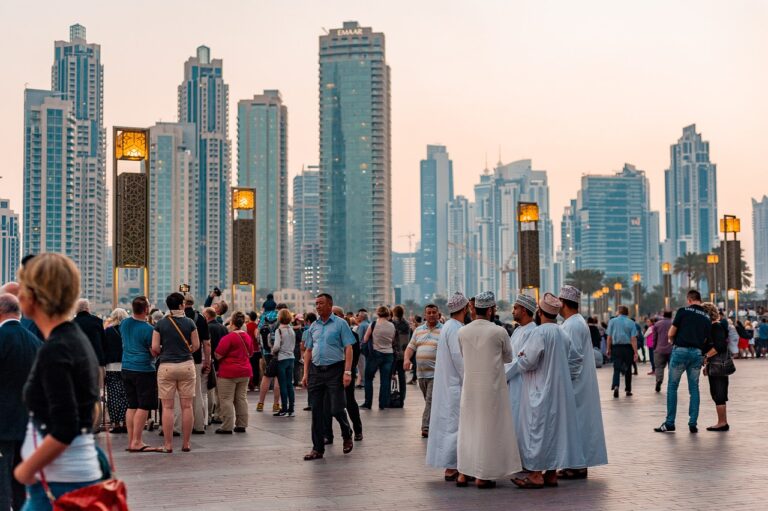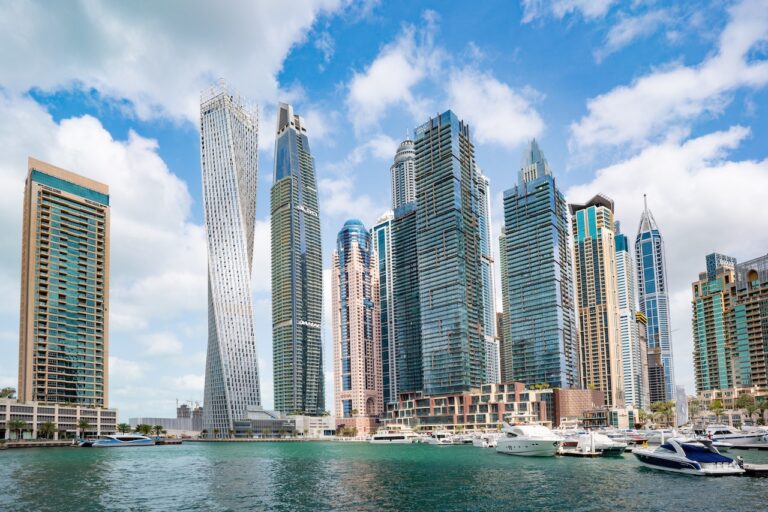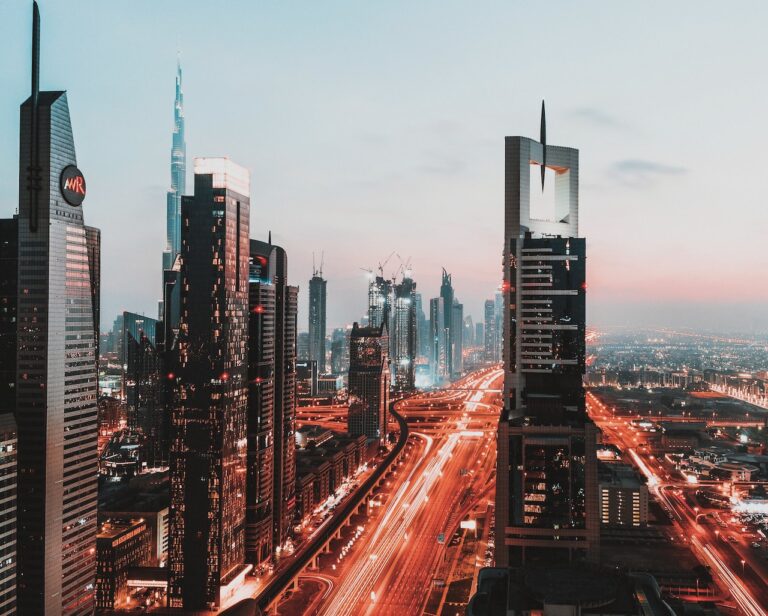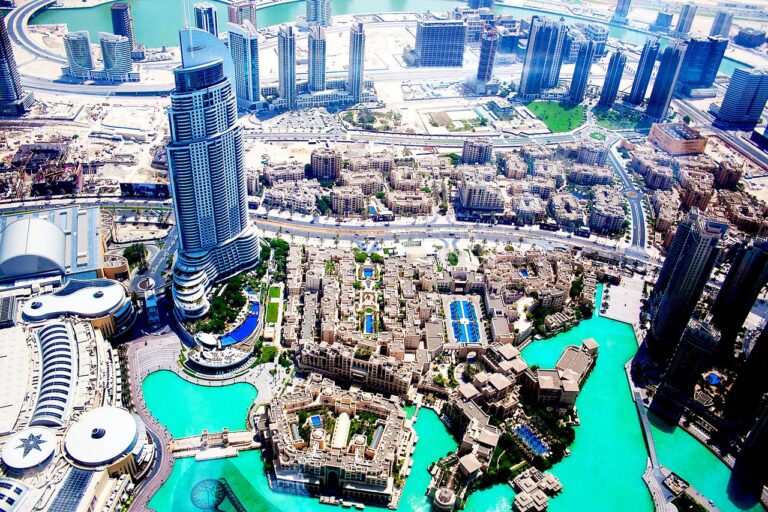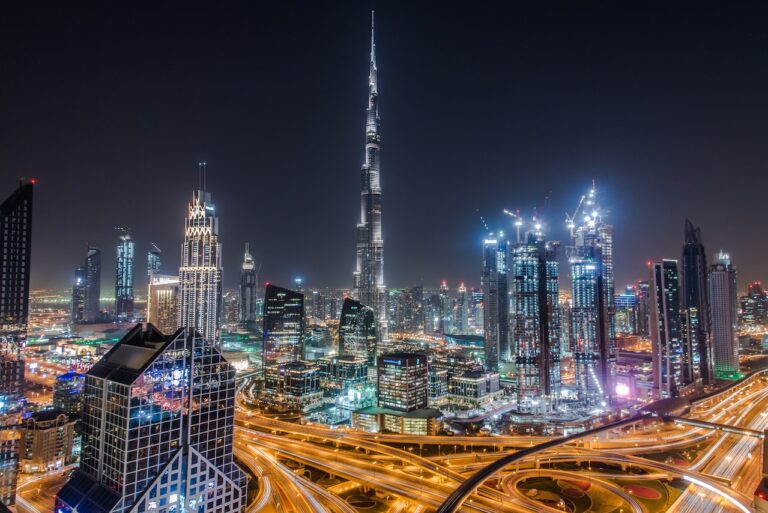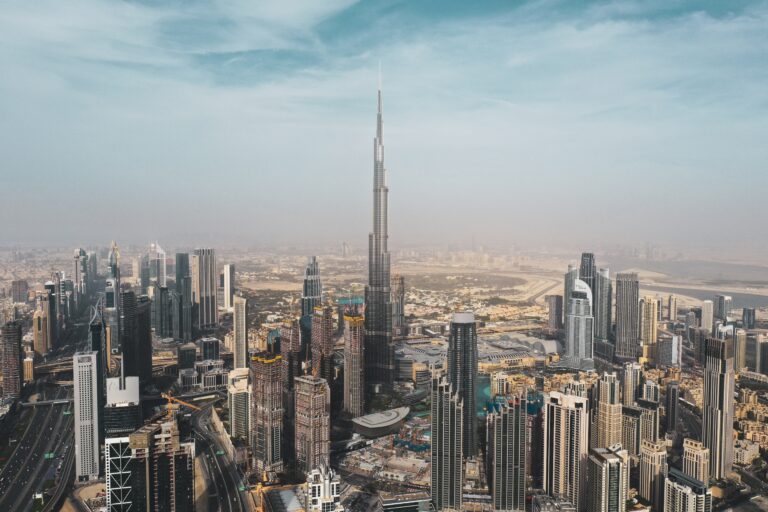It was in 1966 when Dubai entered its heyday. Oil was discovered at the Fateh field, also known as the Fath oil field, which is located in international waters. Back then, not even the most intelligent people could have dreamed that Dubai would be a hub for so many exciting prospects. In a sense, oil ushered in a whole new era. There was no means for inhabitants to get beyond Dubai, but it did serve as an entry point for tourists.
There was no way of imagining the existence of these massive buildings, commercial centers, or brand new neighborhoods just fifty years ago. Even though it’s hard to imagine, the town was actually supplanted by a bustling metropolis. Dubai’s present rulers took over the small town in 1883. Back then, pearl fishing was the only real way to make money.
Gradually, the city was repopulated with brand-new structures, cutting-edge structures, and luxurious dwellings. Rental hotels, townhomes, penthouses, and flats are in high demand since the local population and, more importantly, the number of visitors to the area is growing. It’s hard to imagine that the extraordinary oasis built by Sheik Mohammed bin Rashid al-Maktoum and the crown prince was originally a poor fishing town.

